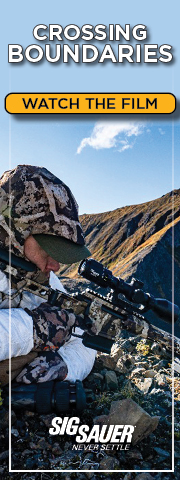After posting this in another thread, and seeing that someone else was highly interested in the reply (cowboystl1) I figured I'd not hijack and post this up. I'd suspect it'd make a good article for this site or even Extreeme Elk Magazine (hint, hint) as I'm sure I'm not the only one wondering these things once you figure out which type of bike would suit you best:
Fat bike eh? I'm more of a road biker than MTB but had been thinking of a hard tail bike for accessing locations a little faster than with my two horses (left one and right one.)
For those of you that hunt with a MTB, I've got a couple of questions:
1. What's the average approach distance you ride to get to where you start hiking/hunting?
2. Do you ever make decisions on where to follow game based on the fact that you don't want to get too far away from your bike location?
3. How have you managed getting all sweaty and nappy just prior to starting your hunt by biking into a location?
Thanks to any who care to reply. Very interested in knowing your thoughts.
Fat bike eh? I'm more of a road biker than MTB but had been thinking of a hard tail bike for accessing locations a little faster than with my two horses (left one and right one.)
For those of you that hunt with a MTB, I've got a couple of questions:
1. What's the average approach distance you ride to get to where you start hiking/hunting?
2. Do you ever make decisions on where to follow game based on the fact that you don't want to get too far away from your bike location?
3. How have you managed getting all sweaty and nappy just prior to starting your hunt by biking into a location?
Thanks to any who care to reply. Very interested in knowing your thoughts.



